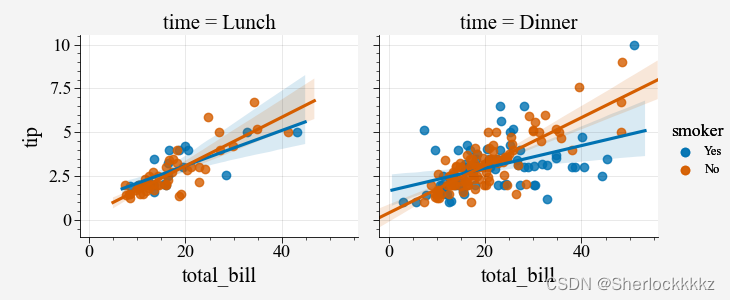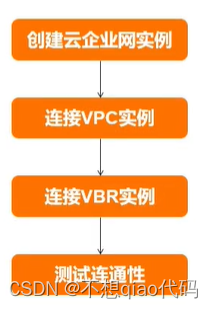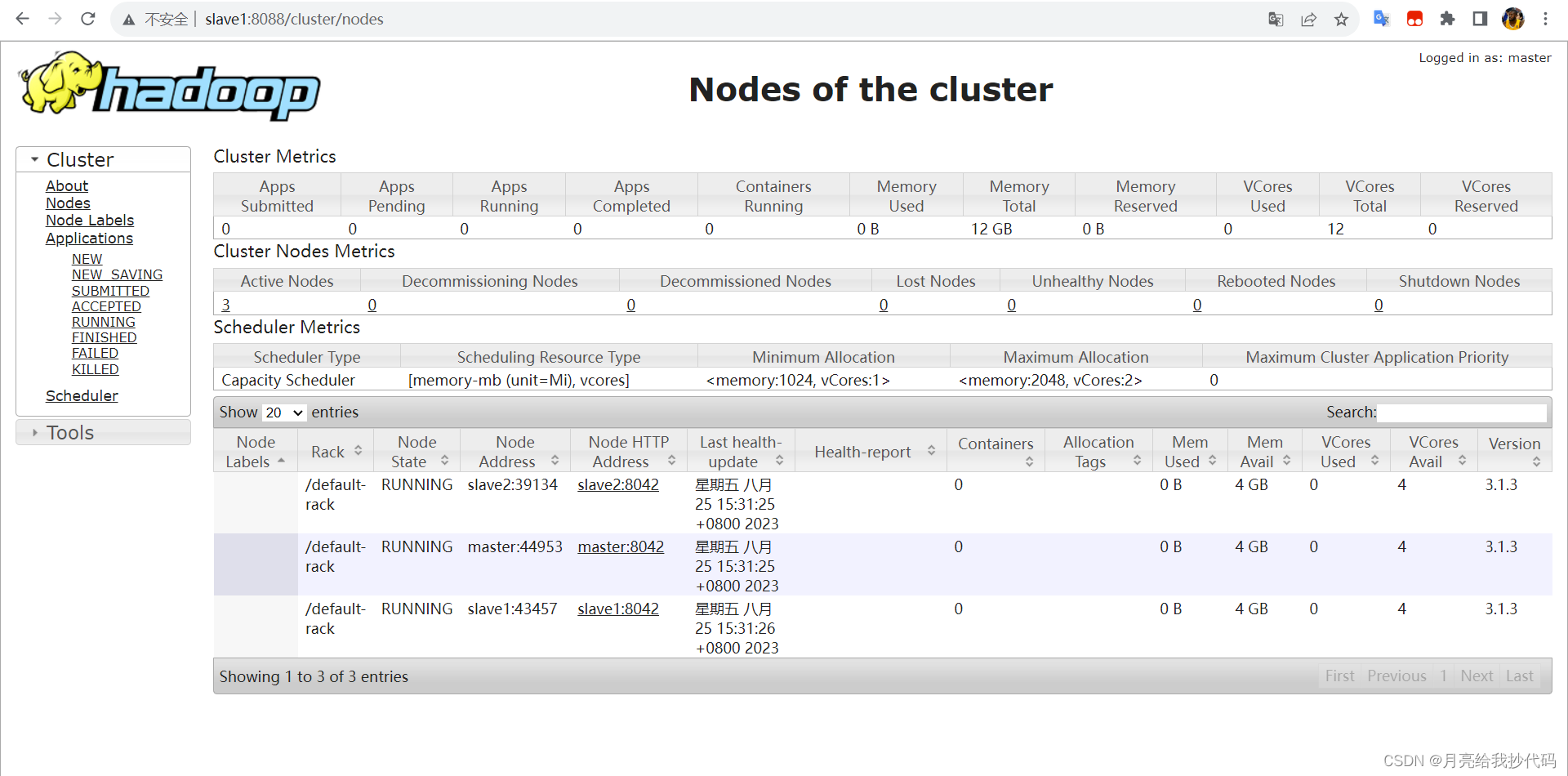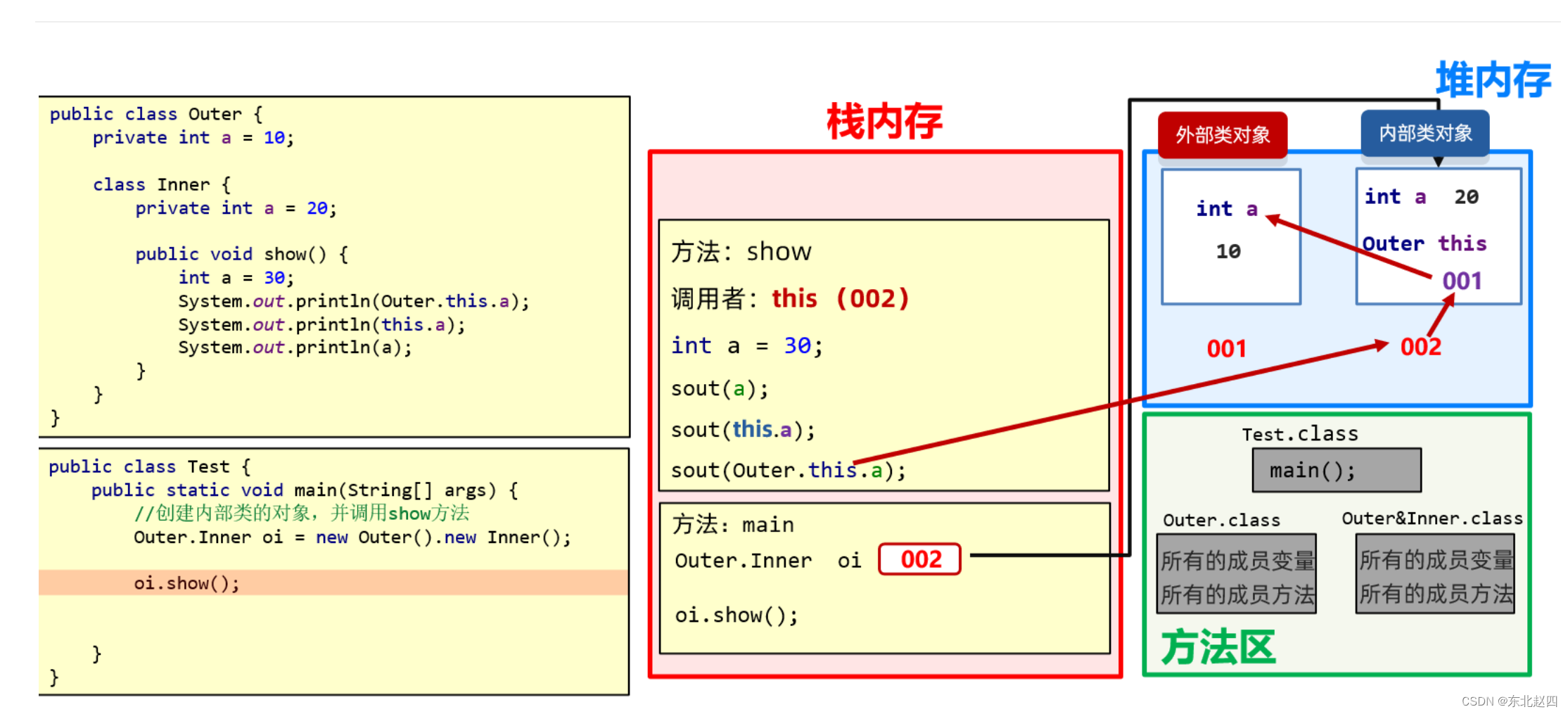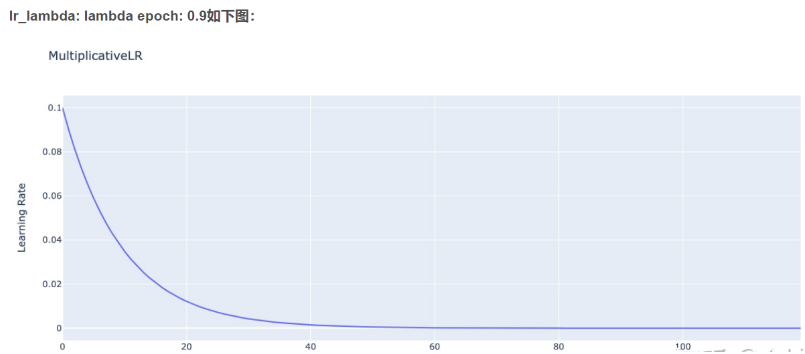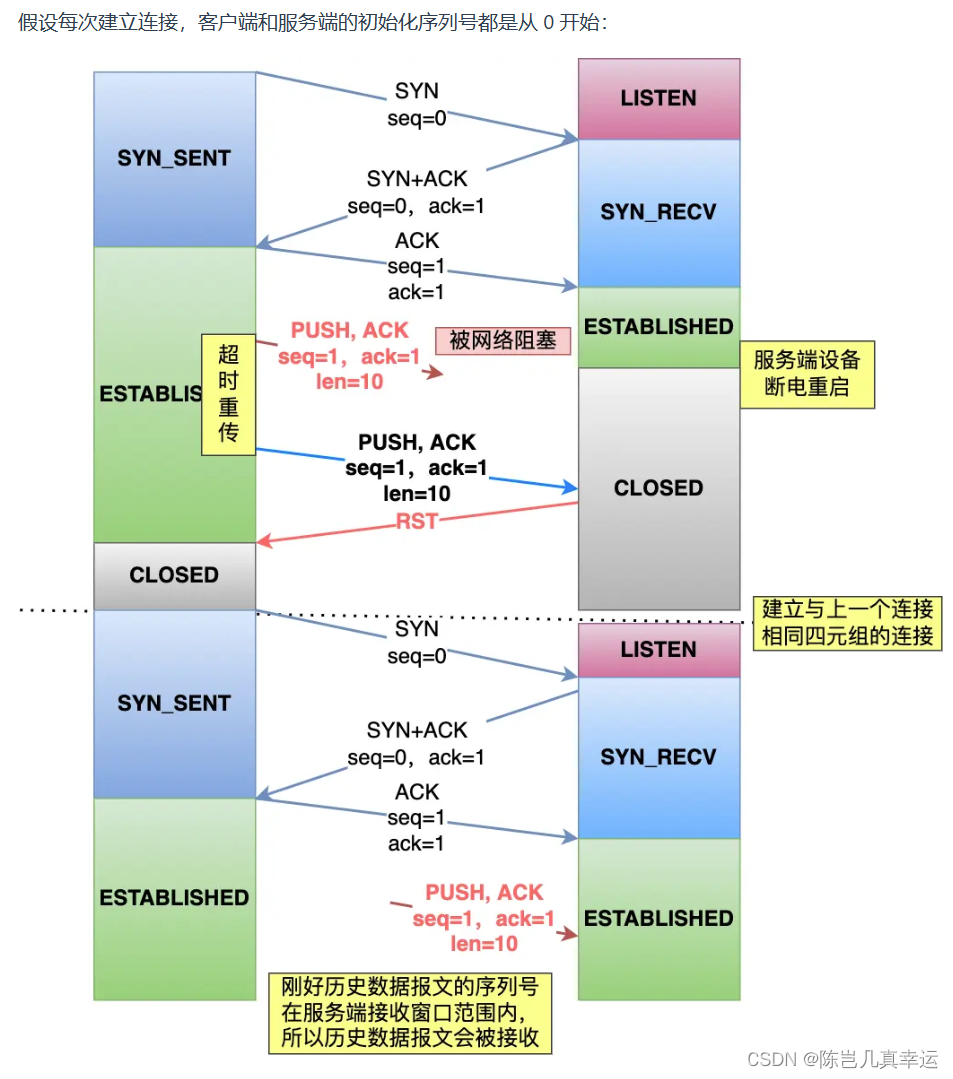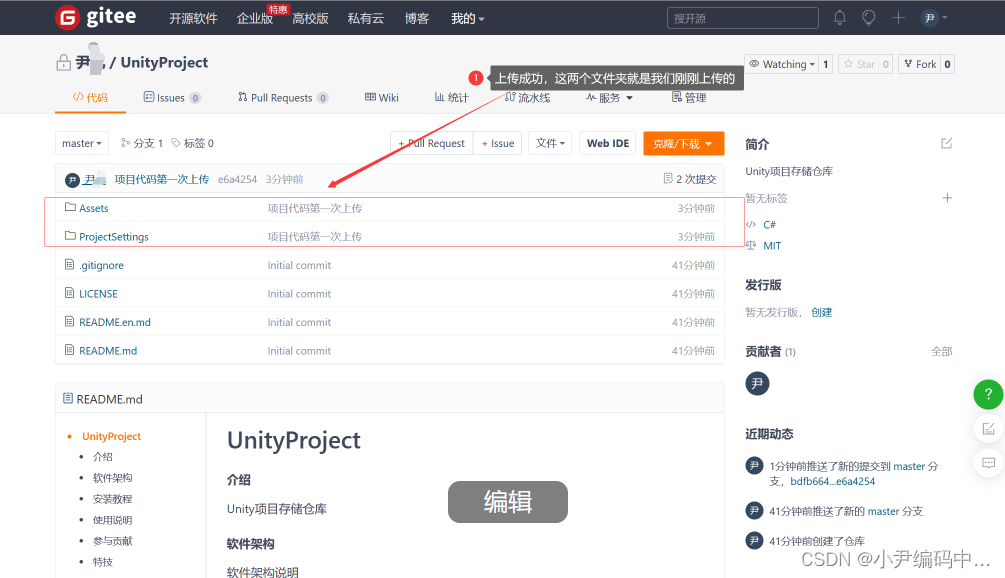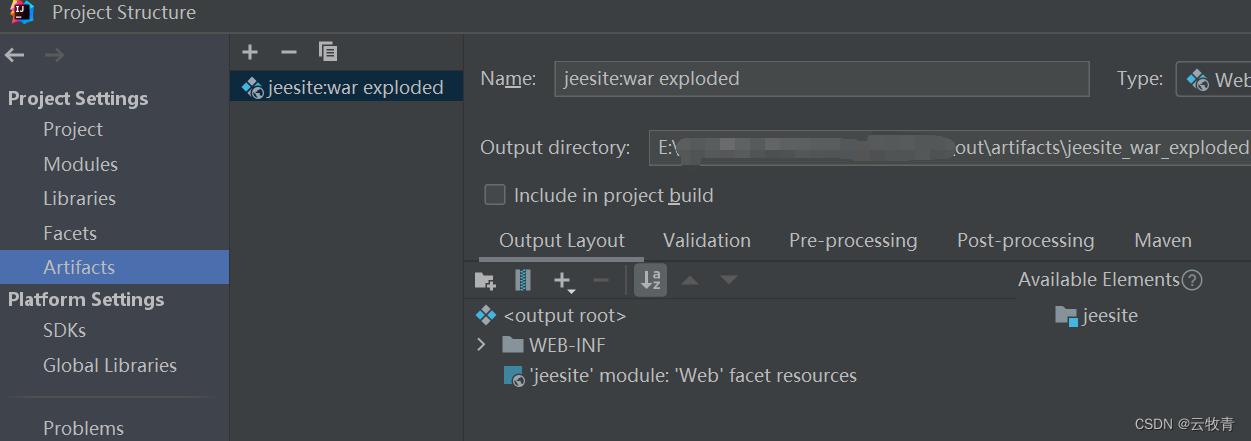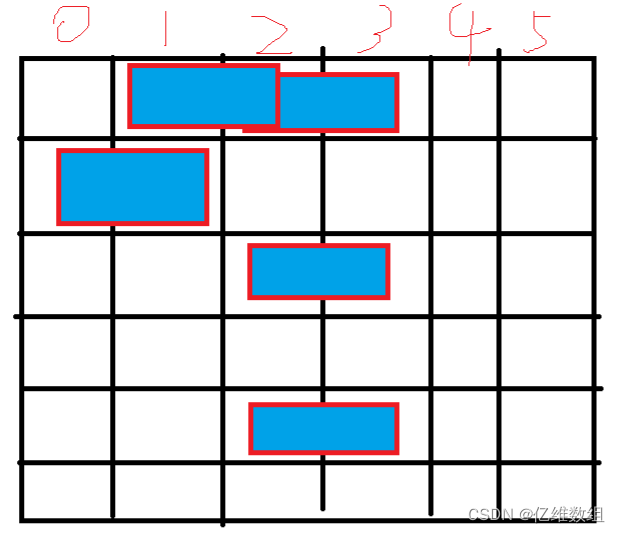正如我们所看到的,每当我们使用fork从程序创建子进程时,都会发生以下情况-
- 当前进程成为父进程
- 新进程成为子进程
如果父进程比子进程提前完成任务然后退出,会发生什么?现在谁将成为子进程的父进程?子进程的父进程是init进程,它是启动所有任务的第一个进程。
为了监视子进程的执行状态,检查子进程是正在运行还是已停止或检查执行状态等,使用wait()系统调用。
让我们考虑一个示例程序,其中父进程不等待子进程,这导致init进程成为子进程的新父进程。
文件名:parentprocess_nowait.c
#include<stdio.h> int main() { int pid; pid = fork(); //Child process if (pid == 0) { system("ps -ef"); sleep(10); system("ps -ef"); } else { sleep(3); } return 0; }
编译和执行步骤
UID PID PPID C STIME TTY TIME CMD root 1 0 0 Jan20 ? 00:00:00 /bin/sh /usr/bin/mysqld_safe mysql 101 1 0 Jan20 ? 00:04:41 /usr/libexec/mysqld --basedir=/usr --datadir=/var/lib/mysql --plugin-dir=/usr/lib64/mysql/plugin --user=mysql --log-error=/var/log/mariadb/mariadb.log --pid-file=/run/mariadb/mariadb.pid --socket=/var/lib/mysql/mysql.sock 3108506 5445 0 0 Jan22 ? 00:01:19 [/sbin/klogd -c ] <defunct> 4688328 5446 0 0 Jan22 ? 00:01:19 [/sbin/klogd -c ] <defunct> 4688328 21894 0 0 Jan22 ? 00:01:19 [/sbin/klogd -c ] <defunct> 3108506 21895 0 0 Jan22 ? 00:01:19 [/sbin/klogd -c ] <defunct> 4688328 27309 0 0 Jan22 ? 00:00:00 [/sbin/klogd -c ] <defunct> 3108506 27311 0 0 Jan22 ? 00:00:00 [/sbin/klogd -c ] <defunct> 8295652 32407 0 0 Jan20 ? 00:00:39 /sbin/klogd -c 1 -x -x 4688328 49830 0 0 Jan20 ? 00:00:18 /sbin/klogd -c 1 -x -x 3108506 50854 0 0 Jan20 ? 00:00:18 /sbin/klogd -c 1 -x -x 4688328 64936 0 0 Jan22 ? 00:00:59 [/sbin/klogd -c ] <defunct> 3108506 64937 0 0 Jan22 ? 00:00:59 [/sbin/klogd -c ] <defunct> 4688328 67563 0 0 Jan22 ? 00:00:59 [/sbin/klogd -c ] <defunct> 7528790 80536 0 0 Jan20 ? 00:01:09 [/sbin/klogd -c ] <defunct> 6327201 80542 0 0 Jan20 ? 00:01:09 [/sbin/klogd -c ] <defunct> 4688328 82050 0 0 Jan22 ? 00:01:59 [/sbin/klogd -c ] <defunct> 3108506 82051 0 0 Jan22 ? 00:01:59 [/sbin/klogd -c ] <defunct> 7528790 84116 0 0 Jan20 ? 00:00:27 /sbin/klogd -c 1 -x -x 7528790 84136 0 19 Jan20 ? 21:13:48 /sbin/klogd -c 1 -x -x 7528790 84140 0 0 Jan20 ? 00:00:28 /sbin/klogd -c 1 -x -x 7528790 87629 0 0 Jan20 ? 00:00:39 /sbin/klogd -c 1 -x -x 7528790 87719 0 0 Jan20 ? 00:00:27 /sbin/klogd -c 1 -x -x 8023807 164138 0 0 05:41 ? 00:00:00 main 8023807 164897 164138 0 05:41 ? 00:00:00 ps -ef
以下是监视子进程的系统调用的变体-
- wait()
- waitpid()
- waitid()
wait() 函数调用将等待子进程之一终止,并在缓冲区中返回其终止状态,如下所述。
#include <sys/types.h> #include <sys/wait.h> pid_t wait(int *status);
此调用成功返回终止子进程的进程ID,失败返回-1。 wait()调用暂停当前进程的执行,并无限期等待,直到其子进程之一终止。
让我们修改前面的程序,以便父进程现在等待子进程。
文件名:parentprocess_waits.c
#include<stdio.h> int main() { int pid; int status; pid = fork(); //Child process if (pid == 0) { system("ps -ef"); sleep(10); system("ps -ef"); return 3; //exit status is 3 from child process } else { sleep(3); wait(&status); printf("In parent process: exit status from child is decimal %d, hexa %0x\n", status, status); } return 0; }
编译和执行步骤
UID PID PPID C STIME TTY TIME CMD root 1 0 0 Jan20 ? 00:00:00 /bin/sh /usr/bin/mysqld_safe mysql 101 1 0 Jan20 ? 00:04:42 /usr/libexec/mysqld --basedir=/usr --datadir=/var/lib/mysql --plugin-dir=/usr/lib64/mysql/plugin --user=mysql --log-error=/var/log/mariadb/mariadb.log --pid-file=/run/mariadb/mariadb.pid --socket=/var/lib/mysql/mysql.sock 3108506 5445 0 0 Jan22 ? 00:01:19 [/sbin/klogd -c ] <defunct> 8023807 191762 0 0 05:47 ? 00:00:00 sh -c cd /home/cg/root/8023807; timeout 10s main 8023807 191768 191762 0 05:47 ? 00:00:00 timeout 10s main 8023807 191769 191768 0 05:47 ? 00:00:00 main 8023807 191770 191769 0 05:47 ? 00:00:00 main 8023807 192193 0 0 05:47 ? 00:00:00 sh -c cd /home/cg/root/8023807; timeout 10s main 8023807 192199 192193 0 05:47 ? 00:00:00 timeout 10s main 8023807 192200 192199 0 05:47 ? 00:00:00 main 8023807 192201 192200 0 05:47 ? 00:00:00 main 8023807 192202 192201 0 05:47 ? 00:00:00 ps -ef
wait() 系统调用具有局限性,例如它只能等到下一个子进程的退出。如果我们需要等待特定的子进程,则不能使用wait(),可以使用waitpid()系统调用。
waitpid() 系统调用将等待指定的子进程终止,并在缓冲区中返回其终止状态,如下所述。
#include <sys/types.h> #include <sys/wait.h> pid_t waitpid(pid_t pid, int *status, int options);
上面的调用在成功时返回终止子进程的进程ID,在失败时返回-1。 waitpid()系统调用暂停当前进程的执行,并无限期等待,直到指定的子进程终止为止。
默认情况下,waitpid()系统调用仅等待终止的子进程,但是可以使用选项参数修改此默认行为。
现在,让我们以一个程序为例,等待带有其进程ID的特定进程。
/*文件名:waitpid_test.c * /
#include<stdio.h> #include<unistd.h> #include<sys/types.h> #include<sys/wait.h> int main() { int pid; int pids[3]; int status; int numprocesses = 0; int total_processes = 3; while (numprocesses < total_processes) { pid = fork(); //Child process if (pid == 0) { printf("In child process: process id is %d\n", getpid()); sleep(5); return 4; } else { pids[numprocesses] = pid; numprocesses++; printf("In parent process: created process number: %d\n", pid); } } //Waiting for 3rd child process waitpid(pids[total_processes - 1], &status, 0); if (WIFEXITED(status) != 0) { printf("process %d exited normally\n", pids[total_processes - 1]); printf("exit status from child is %d\n", WEXITSTATUS(status)); } else { printf("process %d not exited normally\n", pids[total_processes - 1]); } return 0; }
编译并执行后,输出如下。
In child process: process id is 32528 In parent process: created process number: 32528 In child process: process id is 32529 In parent process: created process number: 32528 In parent process: created process number: 32529 In child process: process id is 32530 In parent process: created process number: 32528 In parent process: created process number: 32529 In parent process: created process number: 32530 process 32530 exited normally exit status from child is 4
现在,让我们检查waitid()系统调用。该系统调用等待子进程更改状态。
#include <sys/wait.h> int waitpid(idtype_t idtype, id_t id, siginfo_t *infop, int options);
上面的系统调用等待子进程更改状态,此调用将挂起当前/调用进程,直到其任何子进程更改其状态为止。参数" infop"用于记录子进程的当前状态。如果进程已更改其状态,则此调用将立即返回。
idtype的值可以是以下任一个-
P_PID - 等待任何进程ID等于id的子进程。
P_PGID - 等待任何子进程,其进程组ID等于id。
P_ALL - 等待任何子进程,并且id被忽略。
WCONTINUED - 返回已停止并已继续的任何子代的状态。
WEXITED - 等待进程退出。
WNOHANG - 立即返回。
WSTOPPED - 等待接收到信号的任何子进程停止,并返回状态。
如果由于其子项之一的状态更改而返回并且使用WNOHANG,则此调用返回0。如果出现错误,它将返回–1,并设置适当的错误编号。
/*文件名:waitid_test.c * /
#include<stdio.h> #include<unistd.h> #include<sys/types.h> #include<sys/wait.h> int main() { int pid; int pids[3]; int status; int numprocesses = 0; int total_processes = 3; siginfo_t siginfo; while (numprocesses < total_processes) { pid = fork(); //Child process if (pid == 0) { printf("In child process: process id is %d\n", getpid()); sleep(5); return 2; } else { pids[numprocesses] = pid; numprocesses++; printf("In parent process: created process number: %d\n", pid); } } //Waiting for 3rd child process status = waitid(P_PID, pids[total_processes - 1], &siginfo, WEXITED); if (status == -1) { perror("waitid error"); return 1; } printf("Info received from waitid is: "); printf("PID of child: %d, real user id of child: %d\n", siginfo.si_pid, siginfo.si_uid); return 0; }
执行并编译上述程序后,输出如下。
In child process: process id is 35390 In parent process: created process number: 35390 In child process: process id is 35391 In parent process: created process number: 35390 In parent process: created process number: 35391 In child process: process id is 35392 In parent process: created process number: 35390 In parent process: created process number: 35391 In parent process: created process number: 35392 Info received from waitid is: PID of child: 35392, real user id of child: 4581875
进程 - 子进程监控 - 无涯教程网无涯教程网提供正如我们所看到的,每当我们使用fork从程序创建子进程时,都会发生以下情况- 当前进程... https://www.learnfk.com/process/inter-process-communication-child-process-monitoring.html
https://www.learnfk.com/process/inter-process-communication-child-process-monitoring.html

